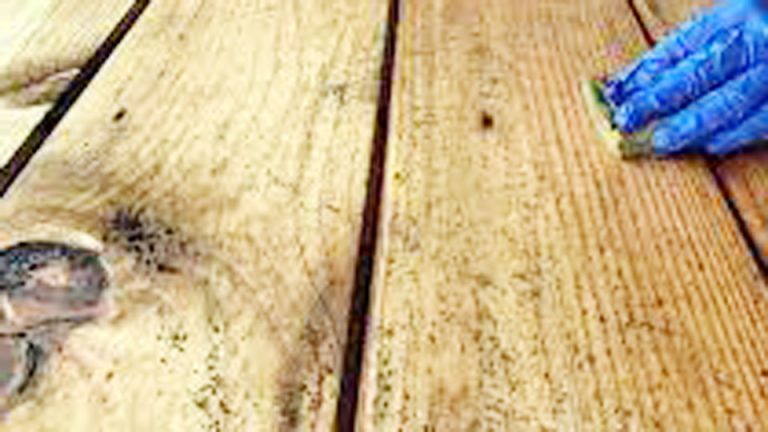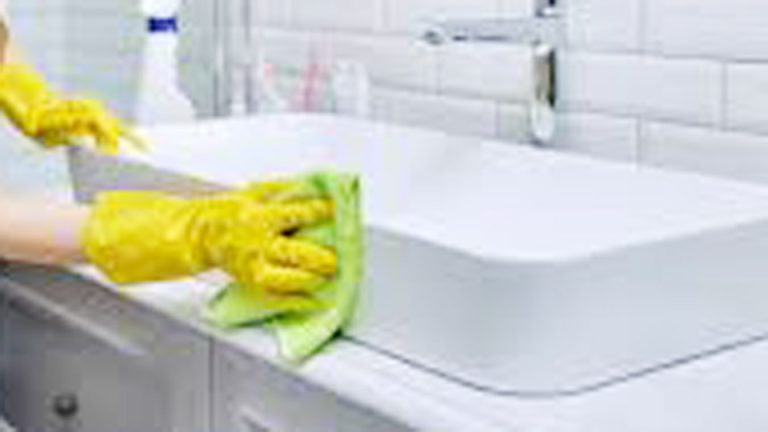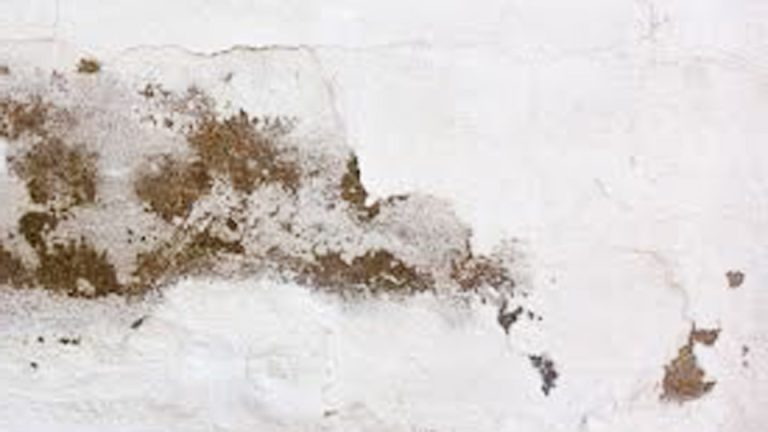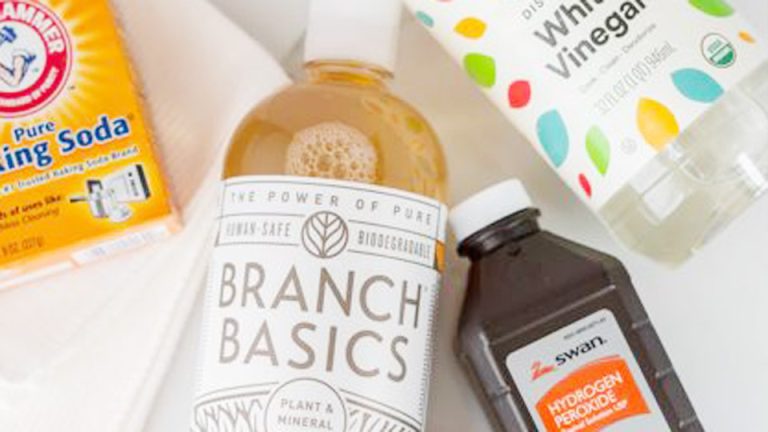As a professional cleaner with over ten years of experience and a pet parent to a rambunctious puppy, I’ve faced the challenge of figuring out how to get pee out of a microfiber couch more times than I’d like to admit. The first time my dog, Bella, had an accident on my brand-new microfiber sofa, I panicked.
The smell was awful, and I worried the stain would ruin my favorite piece of furniture. But after years of trial and error, I’ve mastered a few reliable methods that not only remove the pee but also banish the odor for good. Let me share my personal recipes, step-by-step tips, and real-life stories to help you save your microfiber couch.
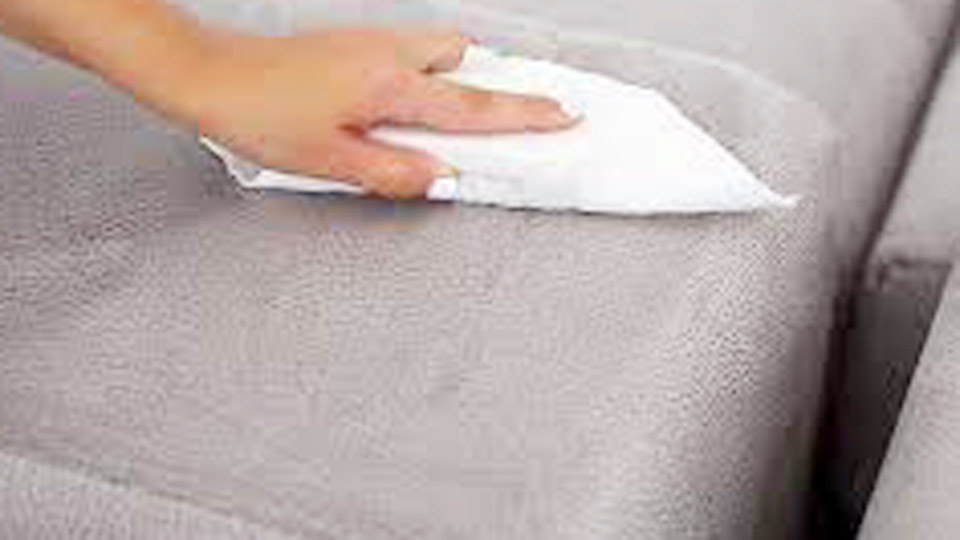
Image by homewaresinsider
Microfiber is tricky—it’s soft and cozy but loves to hold onto stains and smells. My methods use simple, safe ingredients you likely have at home. They’re budget-friendly, effective, and won’t damage your couch. If you’re dealing with a fresh accident or an old, lingering odor, I’ve got you covered with practical solutions that work.
Why Pee on Microfiber Is Such a Pain
I’ll never forget the day Bella jumped onto my couch and left a wet spot right in the middle of movie night. Microfiber’s tightly woven fibers make it stain-resistant, but they also trap liquids like pee deep inside, where it’s hard to clean.
The urine soaks into the fabric, and the ammonia in it creates a stubborn odor that lingers if not treated properly. Left unchecked, it can even attract more accidents from pets who smell the scent.
Store-bought cleaners often mask the problem or leave a sticky residue, and some are too harsh for microfiber’s delicate texture. That’s why I turned to homemade solutions. They’re gentle, effective, and let me control what’s going on my couch. Here’s how I tackle pee stains and smells on microfiber.
My Go-To Methods for Cleaning Pee from a Microfiber Couch
I’ve developed three methods that have saved my couch (and my clients’ couches) time and time again. Each one is tailored to different situations, from fresh accidents to old, set-in stains. These are my tried-and-true approaches, honed through years of cleaning.
Method 1: Baking Soda and Vinegar Odor Eliminator
This is my first choice for fresh pee stains and mild odors. Baking soda absorbs smells, and vinegar breaks down the urine’s enzymes. I discovered this combo when Bella was still potty training and left a surprise on my couch.
What You’ll Need:
- 1 cup white vinegar
- 1 cup warm water
- 1 cup baking soda
- A clean spray bottle
- A white microfiber cloth (to avoid color transfer)
- A vacuum with an upholstery attachment
- A soft brush
How to Do It:
- Blot up as much pee as possible with a clean cloth. I press firmly to soak up the liquid without rubbing.
- Mix the vinegar and warm water in a spray bottle. Shake gently.
- Test a hidden spot on the couch first. I check under a cushion to ensure no discoloration.
- Lightly spray the stained area until it’s damp, not soaked. Too much liquid can damage microfiber.
- Let it sit for 10 minutes to neutralize the urine.
- Blot with a clean cloth to remove the solution.
- Sprinkle baking soda generously over the area. I rub it in lightly with a brush to get it deep into the fibers.
- Let the baking soda sit for 6–8 hours (overnight is ideal).
- Vacuum thoroughly to remove the baking soda.
The first time I used this, Bella’s accident was fresh, and I caught it right away. After vacuuming the baking soda, the stain was gone, and the couch smelled clean. I was thrilled to save my sofa without spending a fortune.
Method 2: Hydrogen Peroxide and Dish Soap Deep Clean
For older, set-in stains or stubborn odors, this method is my go-to. Hydrogen peroxide breaks down the urine’s enzymes, and dish soap tackles any oily residue. I used this on a client’s microfiber sectional that had a lingering pet smell.
What You’ll Need:
- 1 cup 3% hydrogen peroxide
- 1 teaspoon mild dish soap (I use Dawn)
- 1 cup warm water
- A spray bottle
- A white microfiber cloth
- A fan (optional, for faster drying)
How to Do It:
- Blot any visible stain with a dry cloth to remove surface moisture.
- Mix the hydrogen peroxide, dish soap, and warm water in a spray bottle.
- Test a small, hidden area first. I once skipped this and lightened a dark couch slightly—lesson learned!
- Spray the stained area lightly until damp.
- Let it sit for 15 minutes to break down the urine.
- Blot with a clean cloth, working from the outside in.
- Repeat if needed, then let the couch air dry. I use a fan to speed things up.
- Vacuum to fluff up the microfiber.
This method saved a client’s sectional that smelled like a litter box. After two rounds, the odor was gone, and the fabric looked pristine. It’s perfect for tough stains but requires patience.
Method 3: Enzyme Cleaner for Persistent Odors
For really stubborn smells or deep-set stains, I use a homemade enzyme cleaner mimic. It’s not a true enzyme cleaner (those are store-bought), but this mix mimics their action. I used it on my old microfiber couch when Bella’s accidents went unnoticed for days.
What You’ll Need:
- 1 cup warm water
- ½ cup white vinegar
- ¼ cup rubbing alcohol
- 10 drops tea tree essential oil
- A spray bottle
- A microfiber cloth
- A vacuum
How to Do It:
- Blot the area to remove any surface liquid.
- Mix the water, vinegar, rubbing alcohol, and tea tree oil in a spray bottle.
- Test a hidden spot to ensure it’s safe for your couch.
- Lightly spray the affected area.
- Let it sit for 20–30 minutes to break down the odor.
- Blot thoroughly with a clean cloth.
- Vacuum to restore the microfiber’s texture.
- Repeat if the smell persists, but don’t over-wet.
This worked on my old couch when nothing else did. The tea tree oil added a fresh scent, and the alcohol helped the solution dry quickly, preventing mildew.
Choosing the Right Method for Your Microfiber Couch
Microfiber varies—some are water-safe (code “W”), others solvent-only (code “S”). Here’s a quick guide based on my experience to pick the best method.
| Couch Type | Best Method | Why It Works | Tips from My Experience |
|---|---|---|---|
| Water-Safe (W) | Baking Soda and Vinegar | Safe and effective for water-friendly microfiber; great for fresh stains. | Don’t over-wet; microfiber holds moisture. |
| Solvent-Only (S) | Enzyme Cleaner Mimic | Avoids water damage; alcohol dries quickly. | Test carefully; use sparingly. |
| Unknown Code | Baking Soda and Vinegar | Safest for most microfiber; won’t harm if you’re unsure. | Check care label under cushions if possible. |
| Old/Stubborn Stain | Hydrogen Peroxide and Dish Soap | Tackles deep-set stains and odors without soaking the fabric. | Use a fan to dry quickly and avoid residue. |
| Pet Odor | Enzyme Cleaner Mimic | Breaks down urine enzymes for persistent smells. | Repeat if needed for deep odors. |
Check the care label under the cushions for the cleaning code. If it’s missing, assume “W” and test a small area. I’ve saved many couches by being cautious.
Step-by-Step Guide to Cleaning Pee from Microfiber
Here’s my foolproof process for cleaning a microfiber couch, based on years of experience.
- Act Fast: Blot up fresh pee immediately with a dry cloth. I press hard to soak up as much as possible.
- Vacuum the Area: Remove dust and debris. I use an upholstery attachment for best results.
- Test Your Cleaner: Apply a small amount to a hidden spot. I check under a cushion and wait 10 minutes.
- Apply the Cleaner: Use one of my methods, spraying lightly or sprinkling as directed.
- Let It Sit: Follow the method’s dwell time—10–30 minutes for liquids, 6–8 hours for baking soda.
- Blot, Don’t Rub: Rubbing damages microfiber. I blot gently from the edges inward.
- Dry Thoroughly: Use a fan or open windows. I once skipped this and got a musty smell.
- Vacuum Again: Restore the microfiber’s texture with a final vacuum.
I used this process on Bella’s couch accident. It took about an hour, but the stain and smell were gone, and my couch looked brand new.
Common Mistakes to Avoid
I’ve made plenty of cleaning errors, and I want to help you avoid them. Here are the biggest mistakes I’ve learned from:
- Over-Wetting: Too much liquid can seep into the cushion foam, causing mildew. I use a spray bottle for control.
- Skipping the Test: I once lightened a client’s couch with hydrogen peroxide because I didn’t test. Always test first!
- Rubbing the Stain: Rubbing spreads pee and damages microfiber. I blot gently instead.
- Using Harsh Chemicals: Strong cleaners can ruin microfiber’s texture. I stick to gentle, natural solutions.
- Not Drying Properly: A damp couch can smell worse. I always use a fan to speed up drying.
Why I Love Homemade Cleaners for Microfiber
Homemade cleaners are my go-to for microfiber because they’re safe, affordable, and customizable. Store-bought sprays often leave a sticky residue or harsh smell, and they’re expensive.
My solutions use pantry staples, so I save money and know exactly what’s going on my couch. Plus, I can add essential oils like lavender for a pleasant scent.
I remember the first time I used the baking soda and vinegar method on my couch. I was nervous it wouldn’t work, but when I vacuumed it up and smelled nothing but freshness, I was hooked. It’s like a little victory every time I clean.
Preventing Future Pee Accidents
Keeping your microfiber couch pee-free is easier with a few habits. Here’s what I do:
- Use a Washable Cover: I put a waterproof cover on my couch during Bella’s potty training. It’s a lifesaver.
- Train Pets Early: Consistent training helped Bella learn to avoid the couch. Treats work wonders!
- Spot-Clean Quickly: I keep a spray bottle of my enzyme cleaner mimic for fast touch-ups.
- Vacuum Regularly: Weekly vacuuming prevents dust and odors from settling in.
- Ventilate the Room: I open windows often to keep the air fresh and reduce odors.
Encouragement for Your Cleaning Journey
Dealing with pee on your microfiber couch can feel like a nightmare, but I promise you can handle it. With these methods, you’ll have your couch looking and smelling fresh in no time. Start with one technique, take it slow, and don’t get discouraged if it takes a couple of tries.
You’re not just cleaning a couch—you’re creating a cozy, inviting space for your family. You’ve got this, and I’m rooting for you!
FAQ
How do I know if my microfiber couch is water-safe?
Check the care label under the cushions for a “W” (water-safe) or “S” (solvent-only) code. If it’s missing, I assume “W” and test a small area first.
Will vinegar damage my microfiber couch?
Diluted vinegar (1:1 with water) is usually safe for “W” microfiber. I always test a hidden spot and avoid over-wetting to prevent damage.
What if the pee smell doesn’t go away?
If the odor persists, it’s likely in the cushion foam. I repeat the enzyme cleaner mimic or use baking soda inside the cushion for a few days.
Are these methods safe for kids and pets?
Yes, my recipes use non-toxic ingredients. I keep kids and pets off the couch until it’s dry and store cleaners out of reach.
How long does it take to clean pee from a microfiber couch?
Fresh stains take about 30 minutes with liquid methods. Baking soda needs 6–8 hours. Stubborn odors might require a repeat treatment.
Can I use these methods on other fabrics?
They work on most fabrics, but I avoid vinegar and hydrogen peroxide on delicate materials like silk or wool. Always check the care label.

